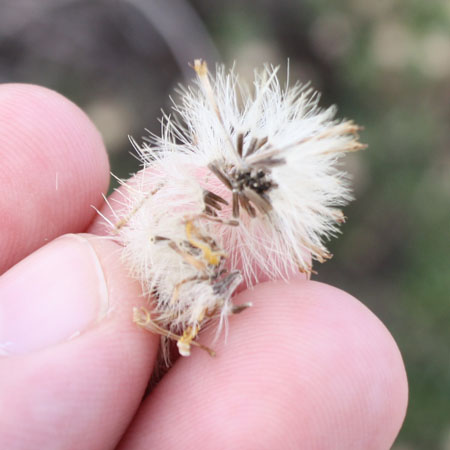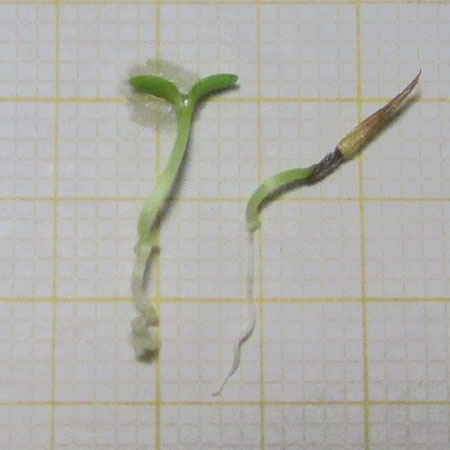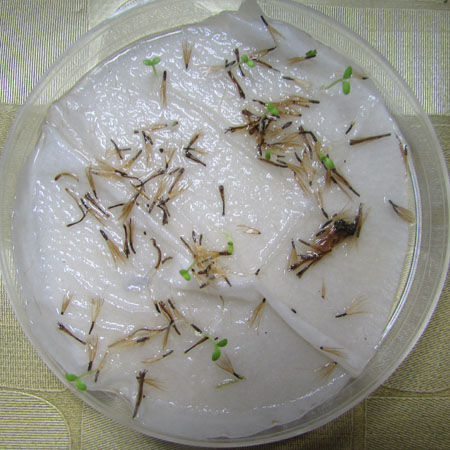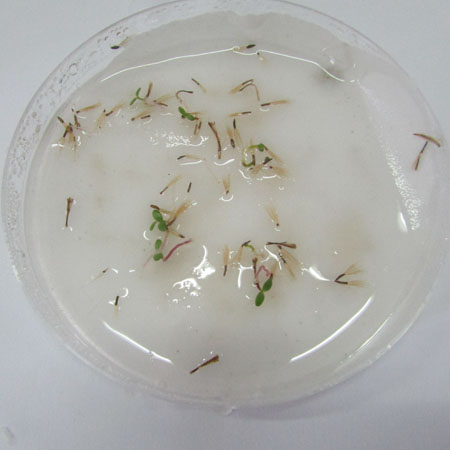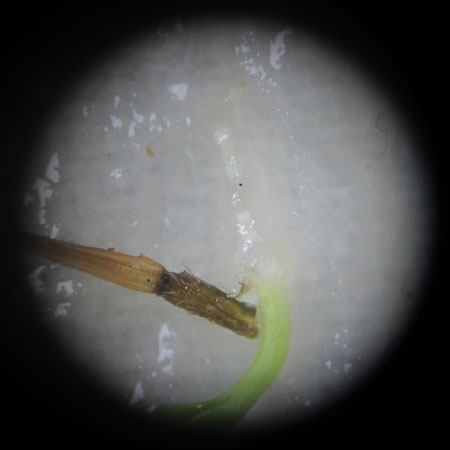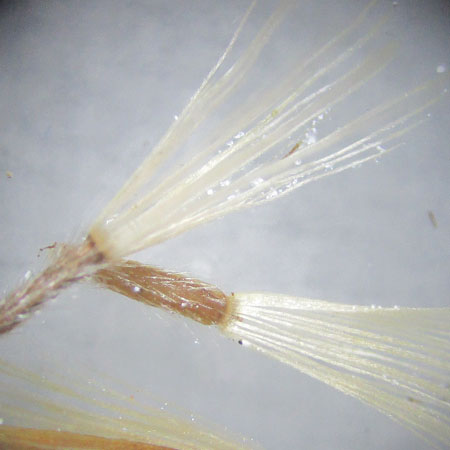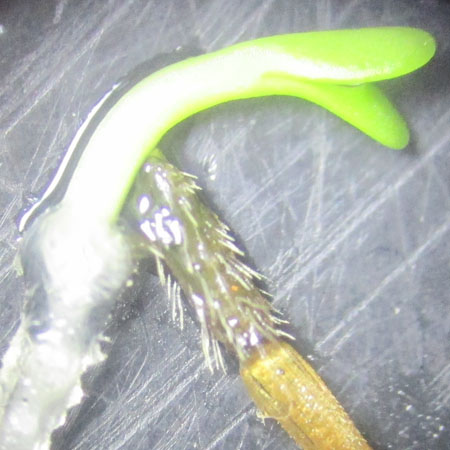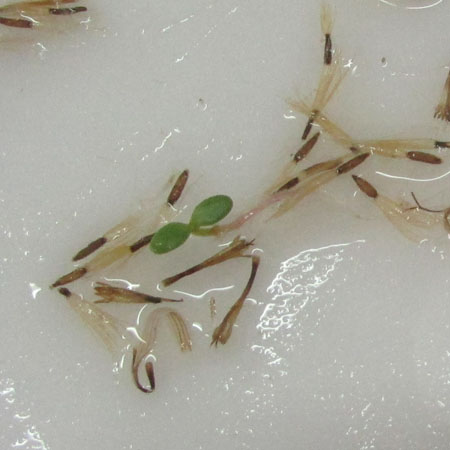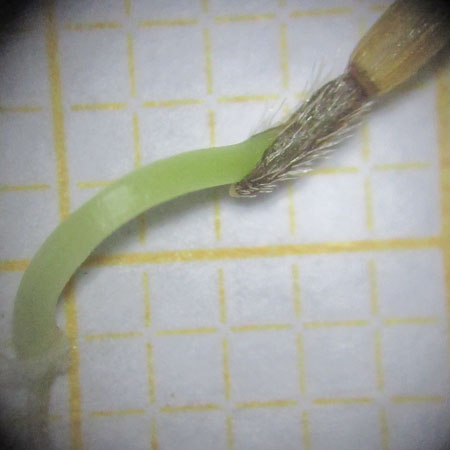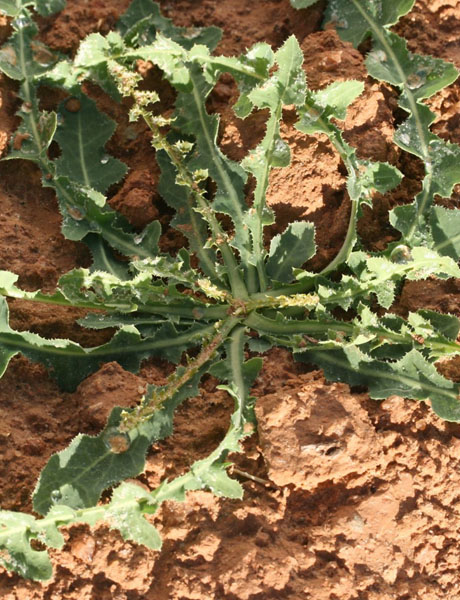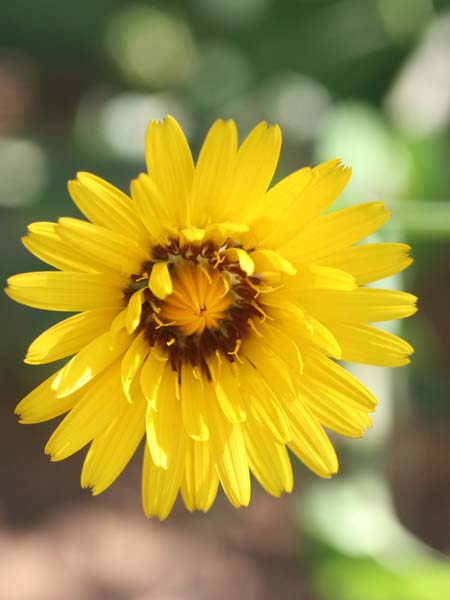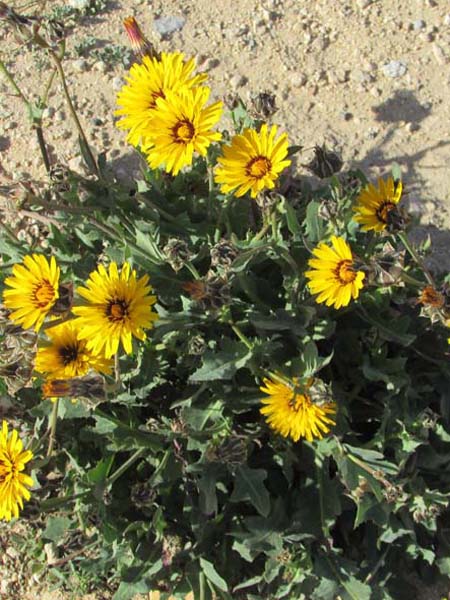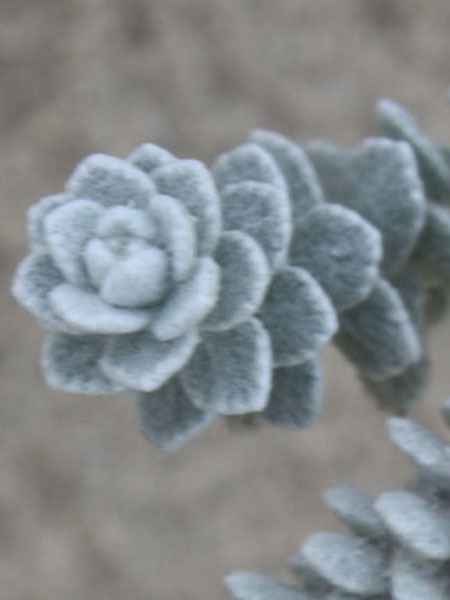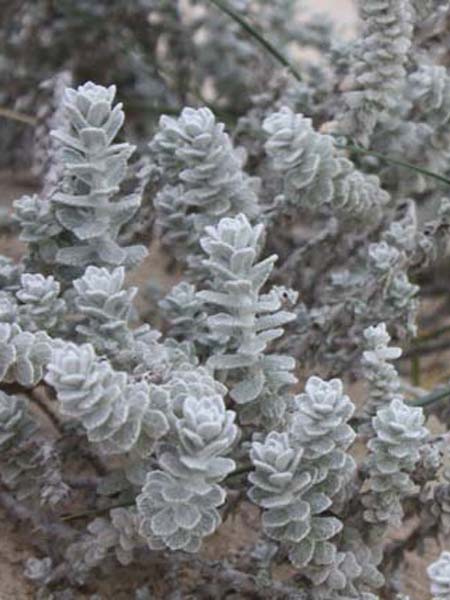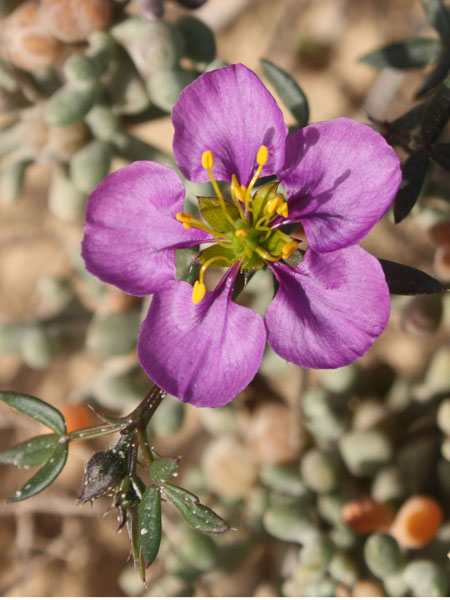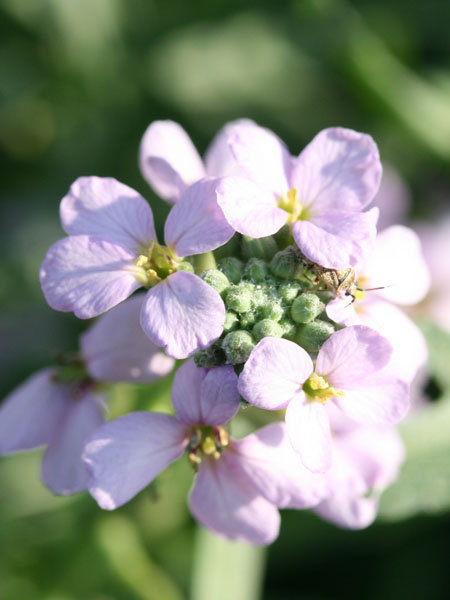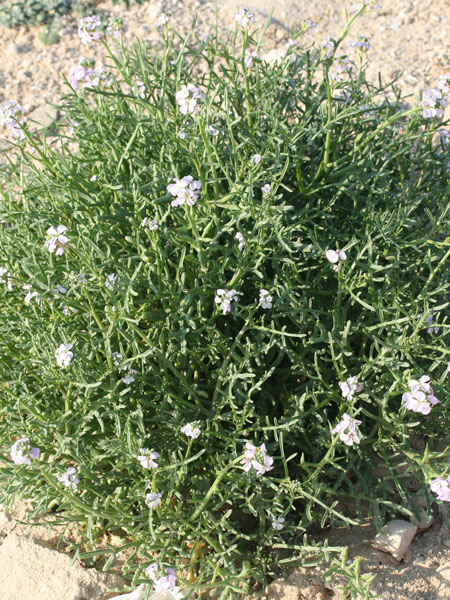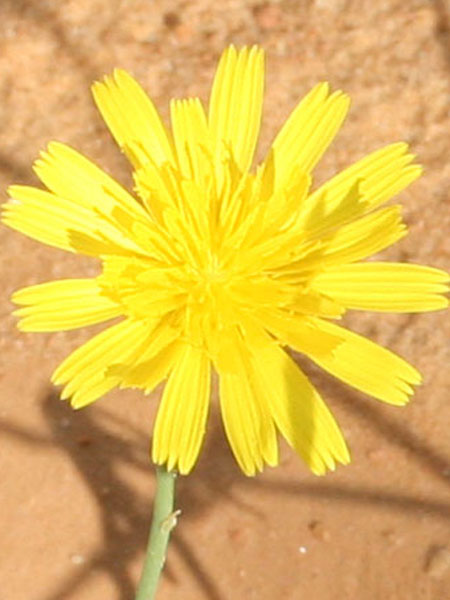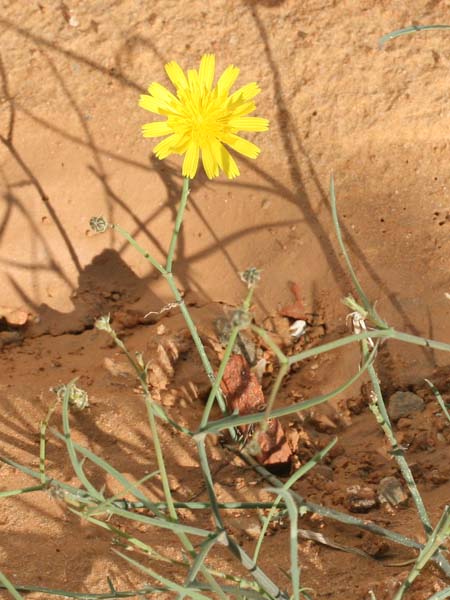Limbarda crithmoides
Kingdom : Plantae / النّباتات
Division : Spermaphyta / البذريات
Clade : Magnoliophyta or Angiospermae / مستورات البذور
Class : Eudicotyledoneae / ذات الفلقتين
Order : Asterales / رتبة النّجميات
Family : Asteraceae [Compositae] / الفصيلة النجميّة أو المركّبة
Genus : Limbarda
species : crithmoides
Chromosomes: 2n=18
Protologue
(L.) Dumort., Fl. Belg. 68 (1827)
Synonyms
Inula crithmoides L., Sp. Pl., ed. 1, 883 (1753).
subsp. longifolia (Arcang.) Greuter in Willdenowia 33: 244 (2003).
Common names
Tunisia Arabic English French Tamazight
راسن حطب زيتي
Golden samphire
Toxic
no
Edible
no
Latex
yes
Botanic description
Genus description
"Hemispheric capitula. Involucral bracts nested on rows, unequal. Peripheral ligulate flowers, tubular plants. Cylindrical or subtetragone achaines, surmounted by a plume of fine uniseriate bristles.
Species description
"Woody coastal plant at base, glabrous, multicolored, very foliated.
Stems prostrate-ascending or erect up to 0.5 to 1 m. Leaves fleshy linear, obtuse sometimes 3-toothed. Flowers composed, yellow. Inflorescence fairly large heads, 15-30 mm in diameter, radiated on bracteolate peduncles. Fruits hairy achenes, menus of red-ribbed ribs.
Botanic References
Pottier-Alapetite G. (1981). Flore de la Tunisie Angiospermes –Dicotylédones (Gamopétales première partie). Imprimerie Officielle de la République Tunisienne (Eds), 972 p. Edouard LE FLOC’H, Loutfy BOULOS et Errol VELA. (2010). Catalogue synonymique commenté de la FLORE DE TUNISIE. République Tunisienne, Ministère de l’Environnement et du développement durable, Banque Nationale de Gènes. 500 p www.theplantlist.org
Biology
Life form perennial Type form Hemicryptophyte Photosynthesis C3
Phenology
Blooming
JanuaryFebruaryMarchAprilMayJuneJulyAugustSeptemberOctoberNovemberDecember
Fruiting
JanuaryFebruaryMarchAprilMayJuneJulyAugustSeptemberOctoberNovemberDecember
Map Localization
Ecology
Adaptation Salt bladder yes Invasive no
Geographical distribution
Localization Biocimatic stage Annuel pluviometry (mm) GPS Monastir (Skanès, Juillet 2015 ,2016) ( Sidi Ghedamssi Nov. 2014, Fév. 2016) (Route Kheniss Nov 2015) Inferior semi-arid 331 35°46'42.65"N / 10°47'36.62"E 35°46'43.72"N / 10°47'32.62"E 35°46'59.31"N / 10°49'58.81"E 35°47'6.58"N / 10°50'2.44"E 35°43'47.57"N / 10°49'10.84"E
General uses
It is an edible species in some parts of Italy. It is used as an ingredient in salads: young leaves are eaten as condiments.
Medicinal uses
"The Inula has properties that are heart regulator, anti-inflammatory and analgesic and has very interesting antimicrobial, cytotoxic and anti-inflammatory activities. Indeed, the Chinese used it for its healing power and its coagulating effect in order to heal the bites of snakes. Inula is best -known for its roots which have medicinal properties but also in the cosmetic field and in human nutrition.
NOTE : This website is not that of herbal medicine and assumes no responsibility for the negative effects of the use of plants. Seek advice from a professional before using a medicinal plant.
Systems / Organs / Effects
Digestive System Circulatory System Analgesic Antiinflammatory
Test results
TPC DPPH ABTS+ FRAP Year mg GAE g-1 MS CI50 g ml-1 CI50 g ml-1 CE50 g ml-1 36,25± 0,63 24,96± 0,22 45,81± 0,33 313,35± 12,18 2016 Total Phenols content(TPC), Anti-radical potentialities against (DPPH, ABTS), Ferric reducing antioxidant power(FRAP)
Molecules : ADN / Proteins
Chromosomes : 18 Uniprot NCBI
Tunisian references
Jallali, I., Zaouali, Y., Missaoui, I., Smaoui, A., Abdelly, C., Ksouri, R. (2014). Variability of antioxidant and antibacterial effects of essential oils and acetonic extracts of two edible halophytes: Crithmum maritimum L. and Inula crithmoïdes L. Food Chemistry 145, 1031–1038. Omezzine F, Daami-Remadi M, Rinez A, Ladhari A and Haouala R. In vitro assessment of Inula spp. organic extracts for their antifungal activity against some pathogenic and antagonistic fungi. African Journal of Microbiology Research. 2011 Vol. 5(21), pp. 3527-3531.
Other references
Assi M, Aboul-Ela MA, El-lakany AM, Abdul-Ghani MA. (2014). Comparative phytochemical and antimicrobial analysis of Inula viscosa and Inula crithmoides grown in Lebanon. Academia Journal of Medicinal Plants. 2(4): 057-067. Bucchinia A, Riccib D, Messinac F, Marcotullioc MC, Massimo Curinic & Giamperia L (2014) . Antioxidant and antifungal activity of different extracts obtained from aerial parts of Inula crithmoides L. Natural Product Research, http://dx.doi.org/ 10.1080/14786419.2014.983102 Malash B.N, Ibrahim, S.M., Ibrahim A.R.S., Kabbash A.,El-Aasr, M.(2015). In vitro and In vivo Hepatoprotective Study of Inula crithmoides L.,Pluchea dioscoridis (L.) Desf. And Phyllanthus reticulates Poir. J. Pharm. Sci. & Res. Vol. 7(11), 2015, 987-993 Mosaad A, Abdel-Wahhab S, Abdel-Azim H, Aziza A El-N (2008). Inula crithmoides extract protects against ochratoxin A-induced oxidative stress, clastogenic and mutagenic alterations in male rats. Toxicon, 52: 566-573.
































